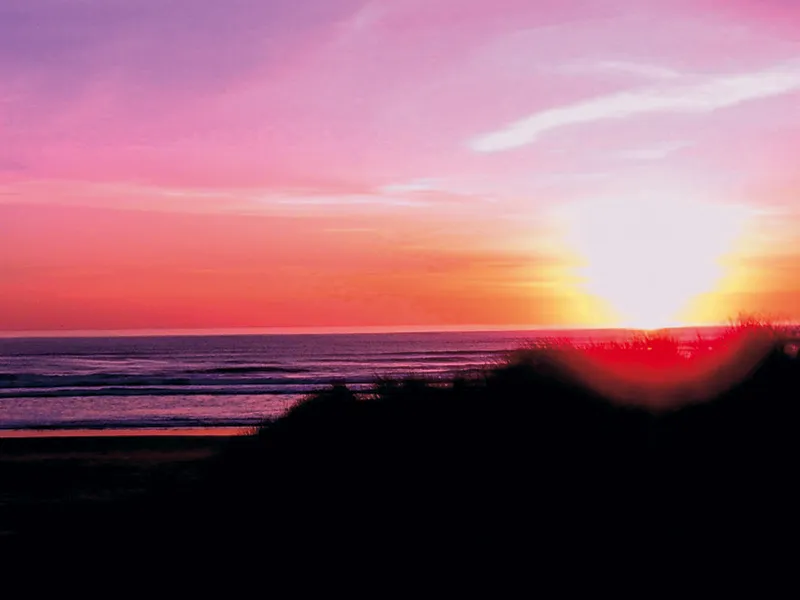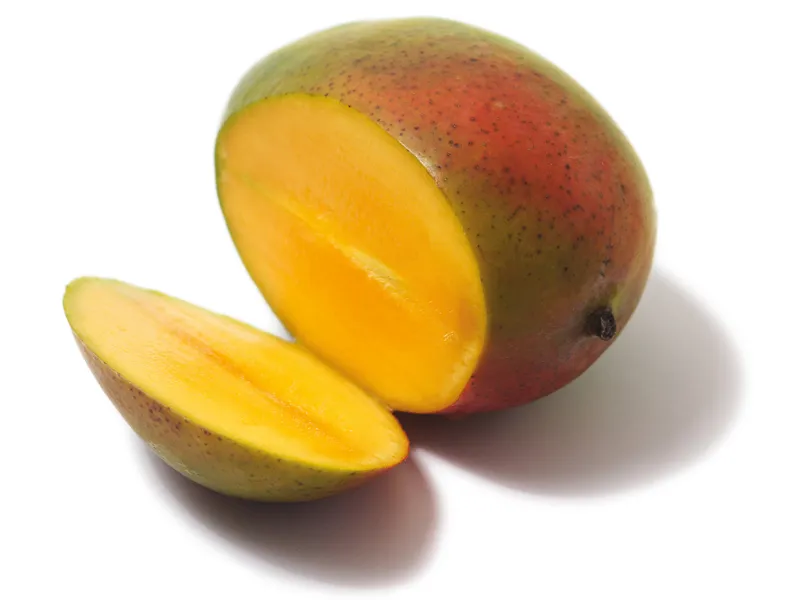When the sun shines there’s even more of a temptation to get on your bike and keep those pedals turning for hours. For years, the message has been to enjoy the exercise but for goodness sake cover up or smother your exposed white body with a high factor sunscreen.
This is good advice. But going in the opposite direction and being too covered up can be equally as unhealthy. Recent studies from America have revealed that vitamin D that’s synthesised beneath the skin when exposed to ultra violet rays can help to protect against cancers of the colon, prostate, lungs and skin.
Vitamin D is also involved in the mechanism of absorbing calcium. The vitamin doesn’t work directly on the gut, but is used to make a specific calcium-binding protein. This grabs onto the mineral and drags it through your small intestine and into your blood stream.
No matter how much milk, cheese, yogurt, almonds, broccoli or kale you swallow, the calcium they contain will pass along your gut unabsorbed if there isn’t enough vitamin D, and therefore a lack of calcium-binding protein.
Healthy bones
In turn, calcium is important in maintaining the strength and structure of bones. Peak bone mass is achieved at around the age of 25 and after that, it’s all downhill.
Calcium loss is particularly rapid in women after the menopause. One way to slow down the loss of bone is to exercise regularly – although only weight bearing activities will have a beneficial effect on preserving bone structure.
Cycling is not a weight bearing activity. Women cyclists are therefore particularly at risk – unless you include a lot of walking or jogging in your fitness routine. If you cannot bear to get off your bike, then cycling in the sunshine and eating plenty of calcium rich foods will keep you glowing and healthy in more ways than one.
Ward off cancer
In his research studies, Dr Edward Giovannucci, professor of Medicine at Harvard University, has found consistent anti-cancer benefits from vitamin D.
The results from four other studies were presented to the American Association for Cancer Research. These showed that individuals with high levels of vitamin D were less likely to suffer from cancer because the vitamin stifles abnormal cell growth and stops the formation of blood vessels that feed tumours.
This is all very encouraging, but don’t lose sight of the wider picture. The exact causes of cancer are unknown, so it’s a matter of identifying common factors that have been shown to help or hinder the formation of cancerous cells. This information can then be used as the basis for advice for the general population.
It’s important to remember that individuals can differ from what’s considered ‘normal’ within groups. On paper, cyclists as a group have a lot going for them in terms of being a potentially healthy bunch. Just think of all that exercise, as well as the right amount of exposure to the sun to encourage vitamin D synthesis and protection from cancer.
However, within the group, there are always exceptions. I would imagine that Lance Armstrong got plenty of exposure to sunshine through his training in Southern regions, and yet, he can also tick the box of having had – and recovered from – cancer.
Exercise also generates the production of damaging free radicals – as a normal byproduct of energy metabolism. The more exercise you do, the more free radicals are produced (the output by Lance in an average day’s training, let alone competition, would be enormous).
If left unchecked, they can cause a huge amount of damage at cell level – with the potential to stimulate the growth of cancer cells. Free radicals are neutralised by antioxidant substances (such as vitamins A, C and E + beta carotene).
At this time of year, mangos and Cantaloup melons are particularly good for boosting beta-carotene intake, as are carrots, squash and sweet potato. Ripe mangoes have a better flavour, so store them in a paper bag for a few days to speed up ripening. Then, after a long ride in the sunshine, come home to a mango smoothie. Whizz half a sliced, ripe mango in a blender with four tablespoons of natural yogurt and some fresh orange juice.
Dr Chris Fenn www.chrisfenn.com

